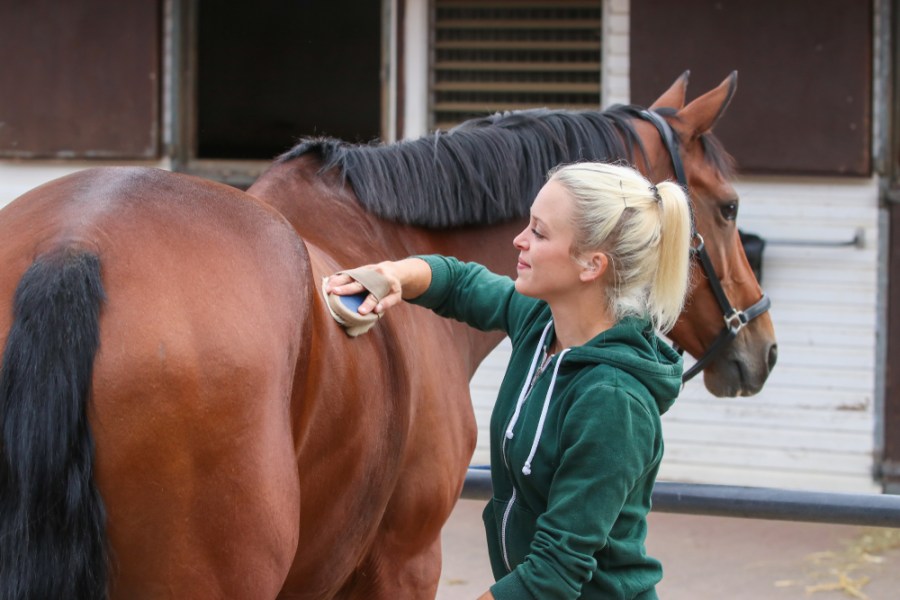A West Sussex equine rehabilitation charity has reported its busiest month on record, reflecting a shifting emphasis among horse owners to maximise their horses athletic careers and overall health and wellbeing.
Moorcroft Equine Rehabilitation Centre, based in Slinfold, treated almost 50% more horses in May 2025 compared with a typical month, driven by a surge in owners seeking expert support, early intervention and preventative care.
Chief Executive of Moorcroft, Mary Frances, has headed up the charity for the past 20 years and said she is seeing a fundamental shift in mindset across the equestrian community.
“Owners are increasingly recognising that innovative veterinary treatments and rehabilitation techniques are no longer solely reserved for acute injuries, but can play a crucial role in maintaining soundness, managing chronic conditions, and extending the active lives of their horses,” she said.
Evolving standards
Mary explained that Moorcroft, as well as other similar organisations, have progressed in step with the evolving standards of equine healthcare.
“First and foremost, we offer horse owners an expert ear when they feel their horse is not right, before using evidence-based diagnostic systems to find out where the discomfort starts.
“Guesswork is simply not good enough and can often waste both time and money.”
Moorcroft treated an unprecedented 25 horses in May 2025.
Key developments in treatment options are thought to be helping to fuel this progress.
Regenerative therapies like platelet-rich plasma (PRP) are being used to treat injuries that were once considered career ending.
Precise diagnostics and targeted exercise programmes are able to address weaknesses before they escalate.
Treatment options
Some of the impactful methods used at rehabilitation centres include:
- Regenerative therapies. Such as PRP, to accelerate tissue repair and recovery.
- Long reining. Enables a better understanding of how to strengthen the equine anatomy and prevent initial or further injury.
- Muscle development. Focuses on spinal muscle balance and targeted strengthening.
- Gastric ulcer treatment. Identifies and relieves internal pain to reduce stress and behavioural issues.
- Preventative hoof care and specialist farriery. Correcting hoof angles to ensure balance, soundness, and joint protection.
Mary added that a stronger emphasis on preventative therapies signals a promising future for equine welfare.
“The goal is not just to treat illness but to actively promote and maintain the sound, healthy lives of horses for as long as possible.”
Advice for horse owners
Mary, who is a BHSII and BHS SM and has over 40 years’ experience in the equine sector, recommended the following preventative care methods for horse owners:
- “Listen to your horse. They are very stoic so if they are struggling regularly in any of the three paces, they will be telling you that something is not quite right.
- “Prioritise regular physiotherapy to ensure your work is not creating pain and understand your horses age and ability and work accordingly. Not pushing your horse out of his or her comfort zone is vital to soundness and muscle building.
- “Learn to recognise subtle signs of lameness or discomfort, such as shortness in stride or a reluctance to be tacked up, not taking a particular lead in canter, going disunited and seek an early diagnosis.
- “Invest in ongoing education to build your own confidence and increase your skills. Try to work closely with evidence-based systems as guesswork is expensive and time consuming.”
Main image © Shutterstock







